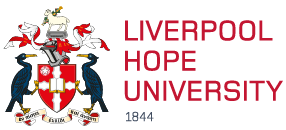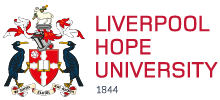A Liverpool Hope University academic has told of his ‘relief’ after completing a mammoth publishing project that’s been 25 years, thousands of hours and millions of words in the making.
Reverend Canon Professor Kenneth Newport is Deputy Vice-Chancellor at Hope and Dean of the School of Education.
Since 1996 he’s been researching and compiling an authoritative collection of the complete prose works written by Reverend Charles Wesley, one of the founding fathers of the Methodist denomination of Christianity.
Lincolnshire-born Wesley, who died in 1788, is perhaps best known for writing thousands of hymns - including the famous carol, ‘Hark! The Herald Angels Sing’.
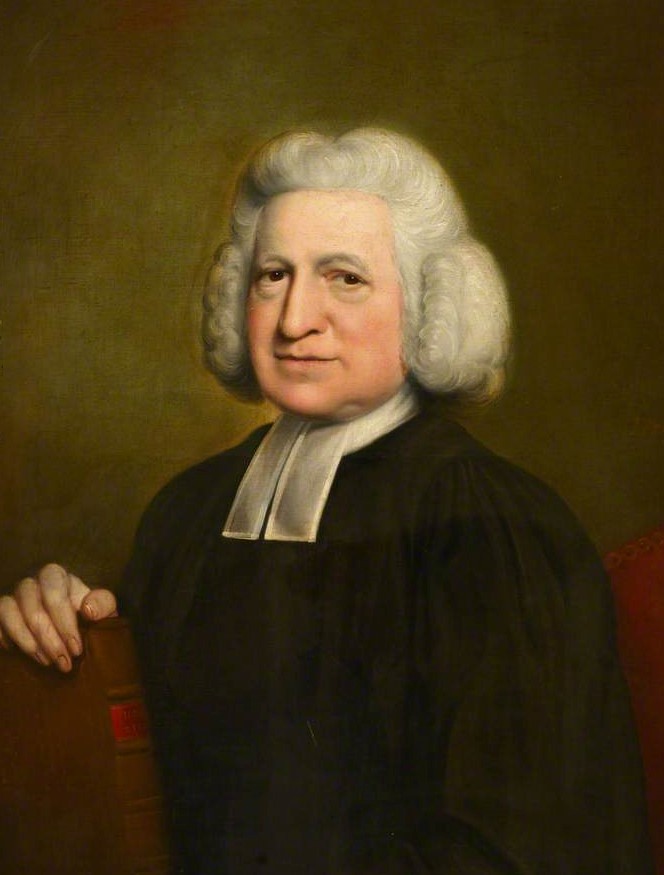
And Professor Newport says, Wesley’s prose works, particularly his personal letters, offer a real insight into his personality, from touching exchanges with his wife Sarah ‘Sally’ Wesley to messages that hint at his struggles with depression.
Wesley’s collection of letters is so vast - running to over 600 items - that Professor Newport and co-author Dr Gareth Lloyd, once of The University of Manchester's John Rylands Library, split the release into two books.
The first, The Letters of Charles Wesley: A Critical Edition, with Introduction and Notes: Volume 1 (1728-1756), hit shelves in 2013 while Volume 2, which spans a period between 1757 and 1788, has just been published.
Now Professor Newport says he’s pleased to finally close the book on an undertaking that has spanned three decades. He says: “How many hours have been devoted to this project? Many, many thousands.
“I remember back in 1996 having a conversation with then Hope Professor Simon Lee (now with the Open University), and he asked, ‘What are you working on right now in terms of your research?’ And I told Simon how I was working on an edition of the letters of Charles Wesley.
“Now, just a few weeks ago, I’ve finally completed the task. I’ve published eight other books in the meantime, but this project has been a sort of background hum for 25 years or more. I’m very relieved the process is now complete.”
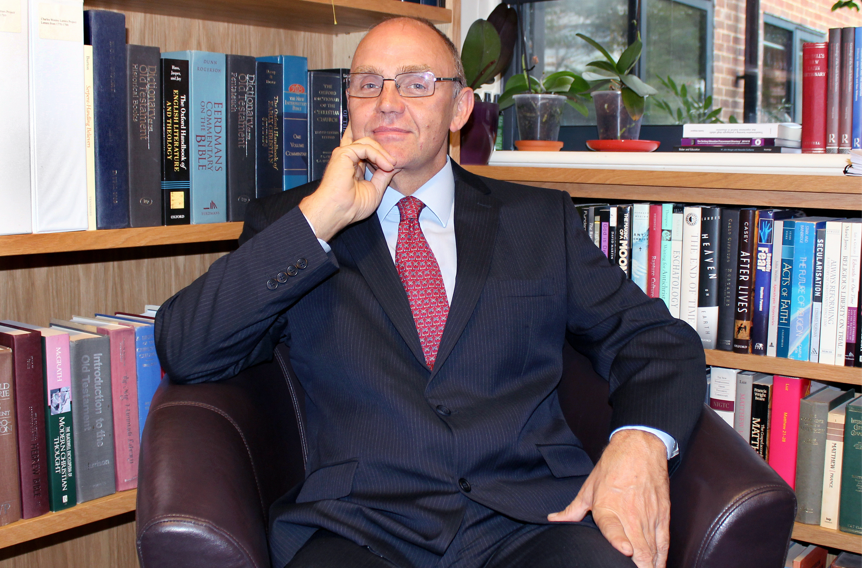
Speaking about Wesley’s historical importance, Professor Newport adds: “Charles Wesley is a giant of the Christian tradition and he also has a lot of advice for ordinary, everyday Christians. The letters really shine a light on his personality and character.
“One of the things that’s very noticeable in his correspondence is that he was almost certainly a manic depressive who had terrible times in the dumps. Yet he survives, and on other days he’s exuberant in his joy and happiness. He never wavers from his Christian commitment and faith.”
Professor Newport has a long and varied publishing history when it comes to Wesley.
The year 2001 saw the release of The Sermons of Charles Wesley: A Critical Edition with Introduction and Notes, while 2007 saw two volumes of The Manuscript Journal of the Reverend Charles Wesley, written with American scholar and musician S T Kimbrough.
Professor Newport also co-edited 2007’s Charles Wesley: Life, Literature and Legacy.
All in all, the number of words written on Wesley either by or edited by Revd Professor Newport are ‘well in excess of a million’, he admits, and may be closer to two million.
So what’s behind the fascination with this key figure of the Christian faith? For Revd Professor Newport, part of the thrill was in hunting-down letters written by Wesley which had never before seen the light of day.
He explains: “Charles Wesley was a very interesting fellow, there’s no doubt about that. And what attracted me to him in the first instance was this enormous wealth of manuscript material that hadn’t really been given any attention.
“In the case of the letters, the vast majority are published here for the first time.”
Some of Professor Newport’s favourite letters reveal heart-warming conversations between Wesley and wife Sarah. He reveals: “There’s a lot of letters in the later 1740s when Wesley is not yet married but writes to his future wife Sarah, who he referred to as ‘Sally’, and there’s a lot of tenderness in those exchanges.
“You can sense him becoming excited about the future. When their children eventually come along, you see him sending advice back to Sally about how best to bring them up. It’s all very homely, and I like those a lot - perhaps much more than the ones where he’s engaged in discussion of theological doctrine."
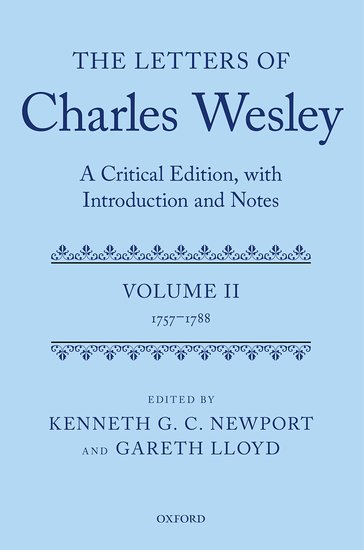
Some items proved more elusive than others.
Lifting the lid on what became a theological global goose chase, Professor Newport says: “The letters are located all over the world, so it has been an enormous task just finding them.
“I went to the Garrett-Evangelical Theological Seminary in Chicago because they said they had a number of Charles Wesley letters that I didn’t know about. I got on a plane, eager to see them in person.
“But when the letters were brought out they were John Wesley letters - written by Charles’ brother. They’d been incorrectly catalogued and I knew that the minute I opened them. The President of Garrett was over the moon with the news that his seminary had some John Wesley letters … but I can’t say that I was equally chuffed myself having made a 3,000 mile journey.”
Another trip to a famous college proved equally fruitless.
Having been assured a Charles Wesley letter was catalogued and secure in their ‘safe’, upon travelling to view it, Professor Newport was told not only had the letter been lost, the safe had, too!
Once any Charles Wesley letter had been tracked down, there then came the tricky task of reading Wesley’s handwriting - and intricate shorthand - before transcribing the text.
Professor Newport states: “I did a lot of work on Wesley’s shorthand for Sermons volume and some of the earlier letters, but I never got quick at it. It was never the case that I could just pick it up and read it. You’d have to write it all down, stare at it for a while, and then think what it all meant. On a good day, it just came to you.” Dr Timothy Underhill provided huge support for many shorthand passages in the second volume.
Many of the letters were also not dated, which led to a painstaking process of jigsaw identification, using references to global events, such as historical battles, as well as letters written by other individuals. Professor Newport states “without Dr Lloyd’s encyclopaedic knowledge of the Methodist tradition many of these letters would have remained undateable”.
But there were some incredible discoveries along the way
Professor Newport recalls how he examined a set of letters written between John Fletcher, a Swiss-born Methodist leader, and Charles Wesley, revealing: “What no-one appears to have realised was that on the back of the letters coming in from Fletcher was Charles Wesley’s shorthand, giving the text of the letter he’d sent in return.
“These new, never-before-seen letters were hiding in plain sight, written on the back of John Fletcher letters.”
The work on Wesley doesn’t stop there.
The Hope academic now plans to write a short book on what Wesley’s teachings and advice might mean for modern-day Christian.
** For more information about The Letters of Charles Wesley: A Critical Edition, with Introduction and Notes: Volume 2 (1757-1788), visit: https://global.oup.com/academic/product/the-letters-of-charles-wesley-9780199259977?lang=en&cc=us
